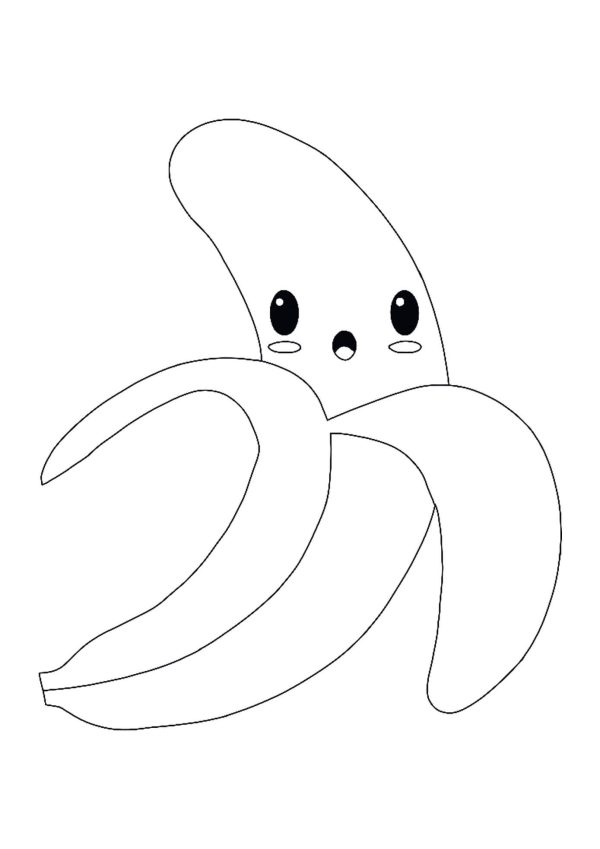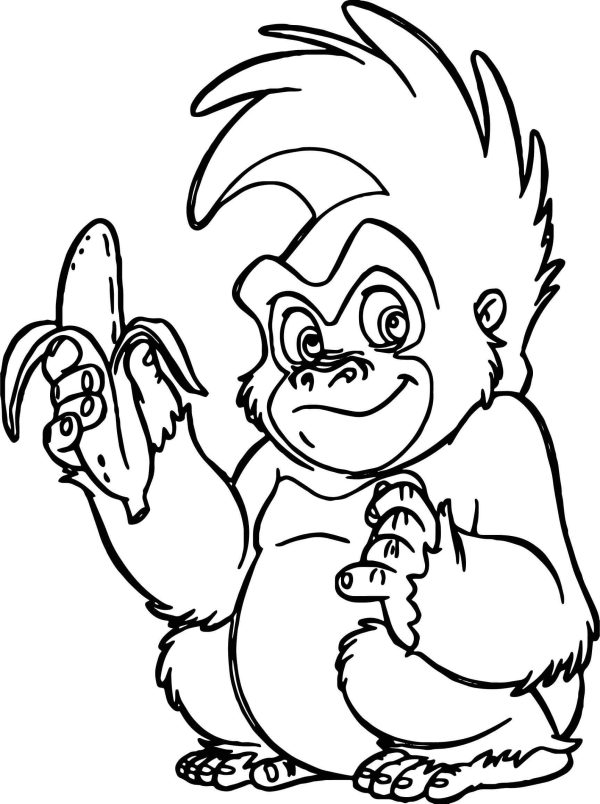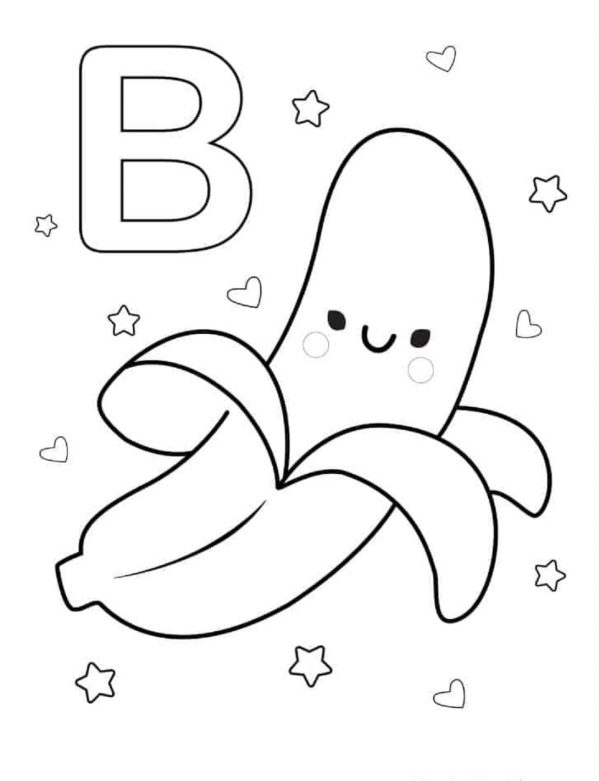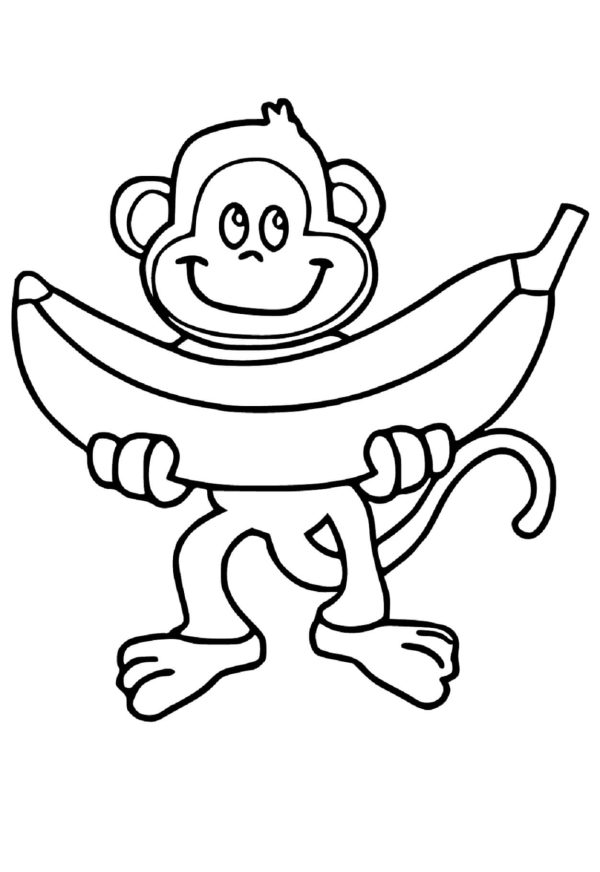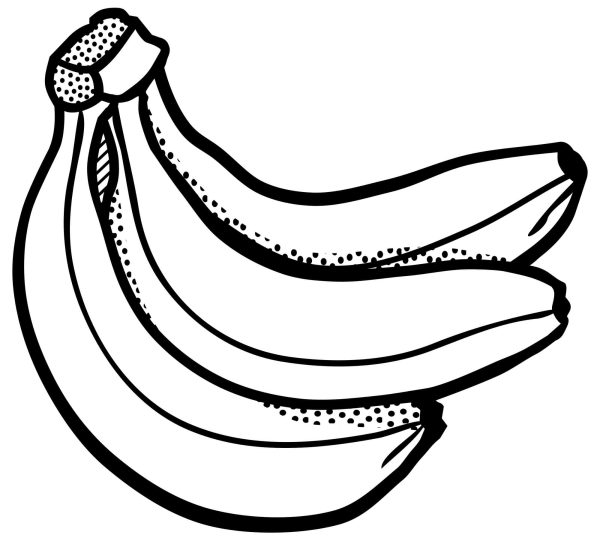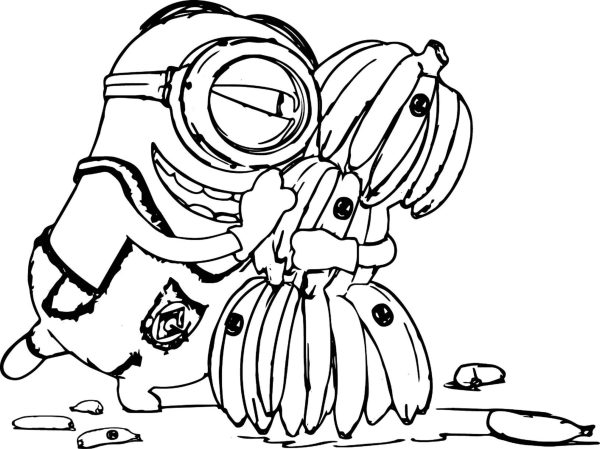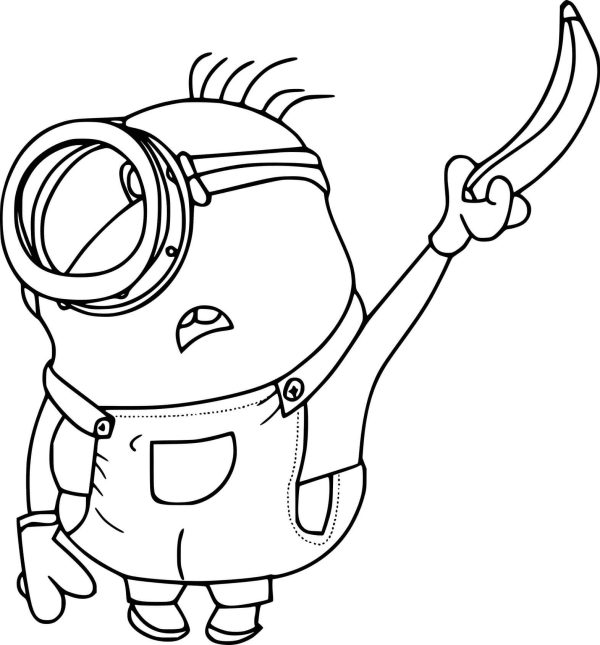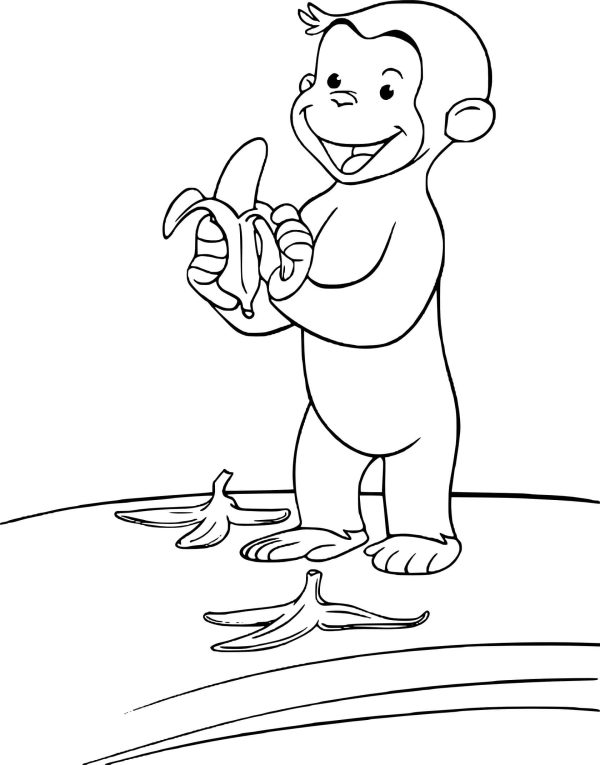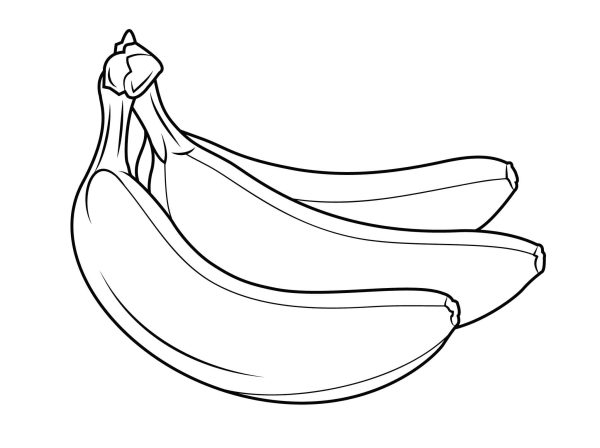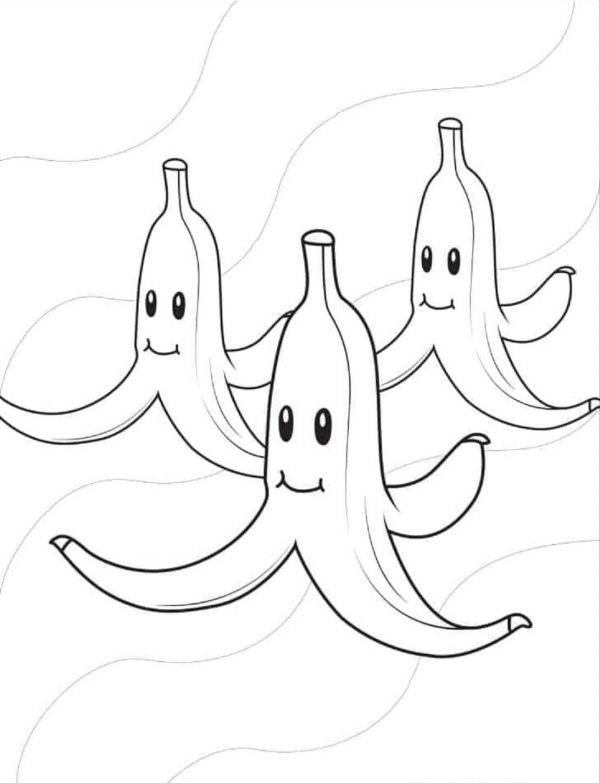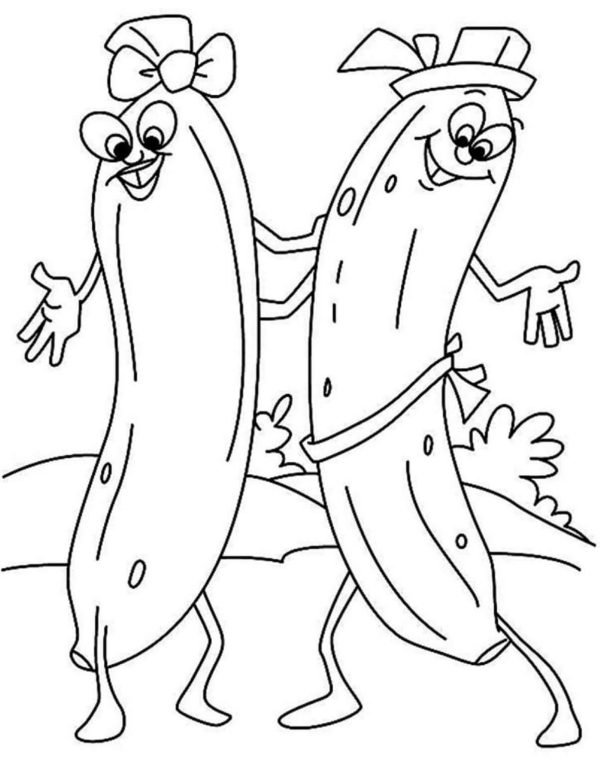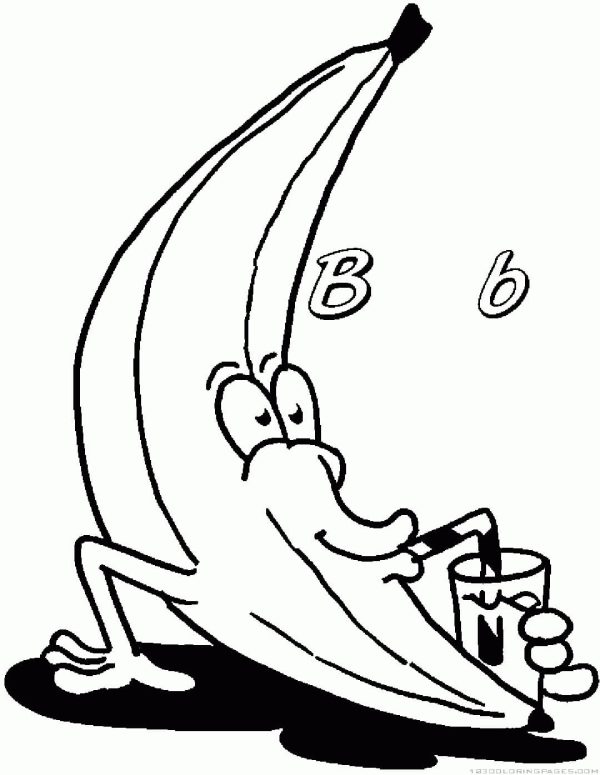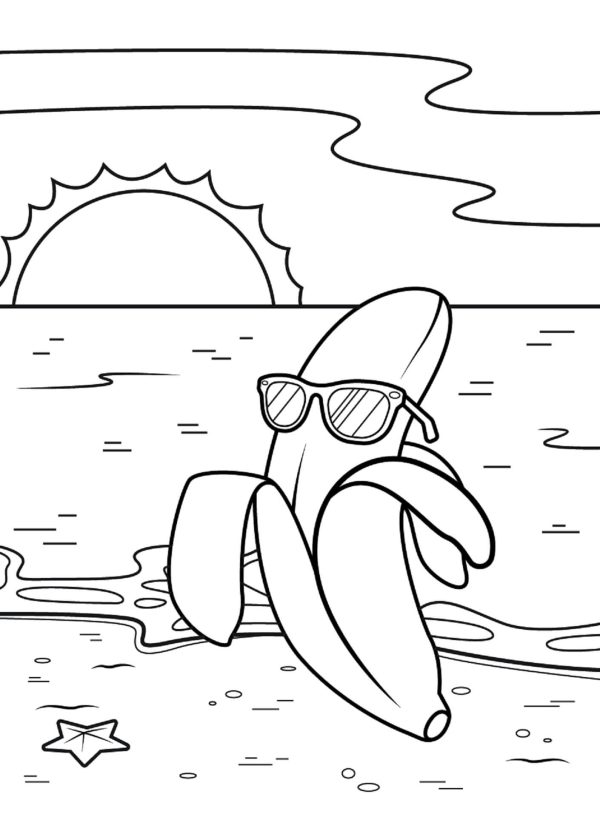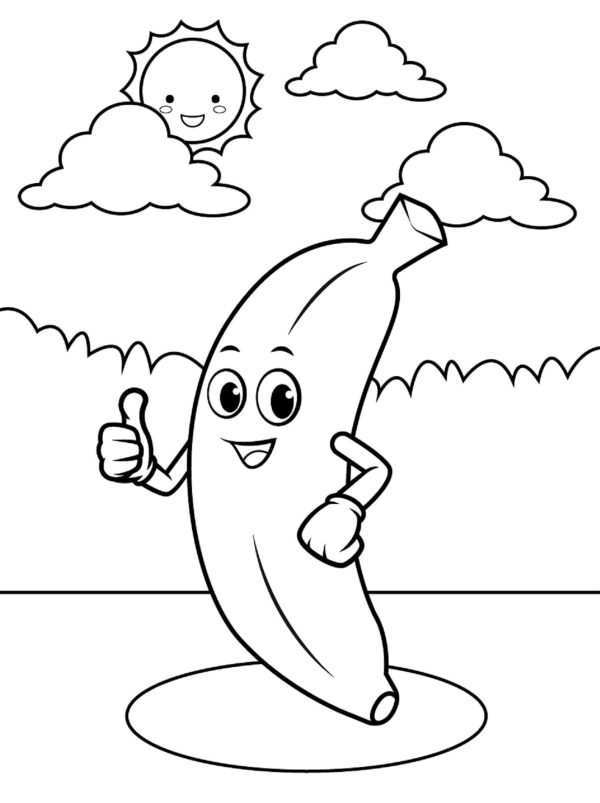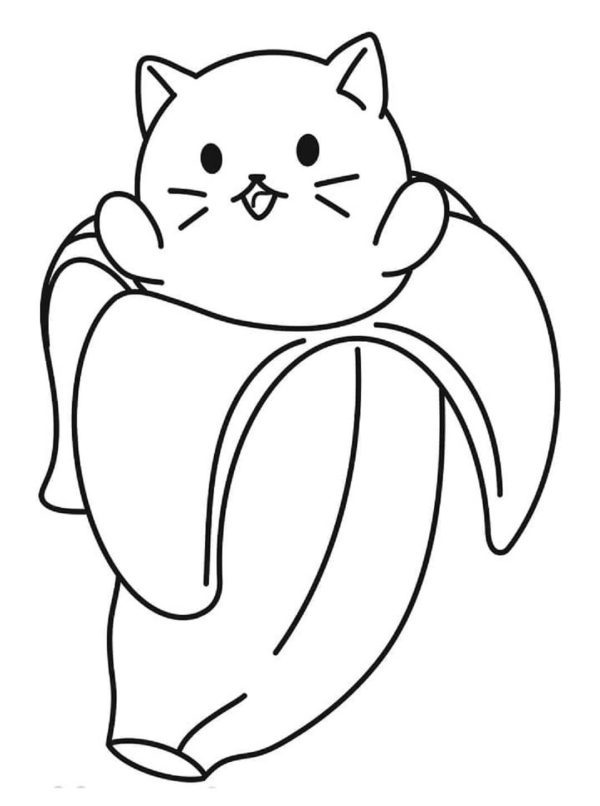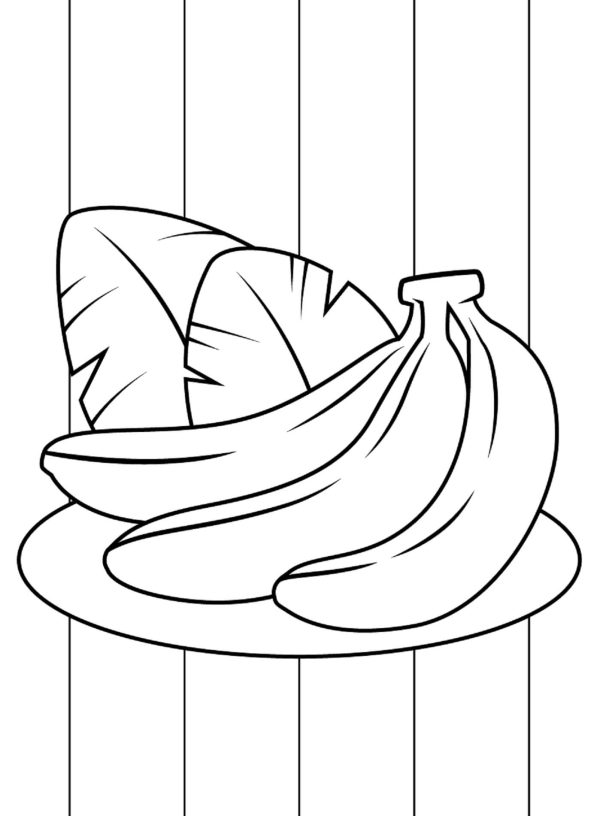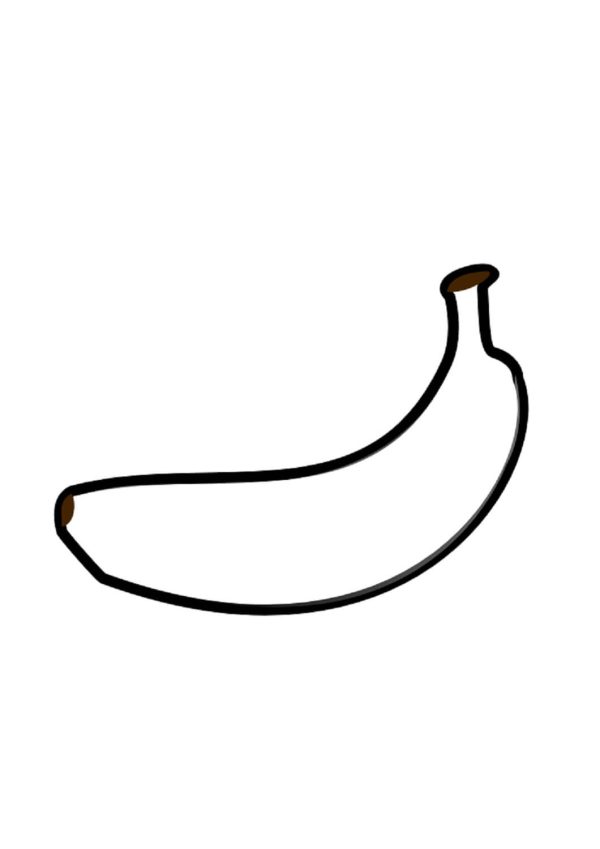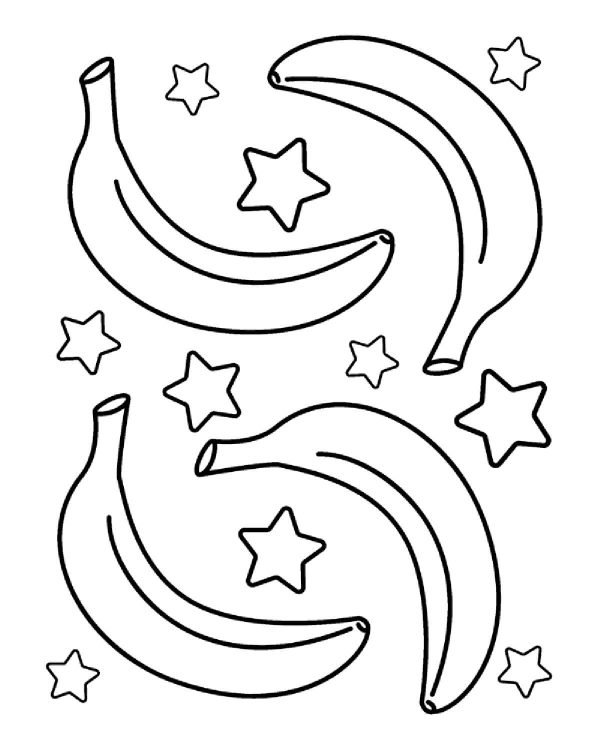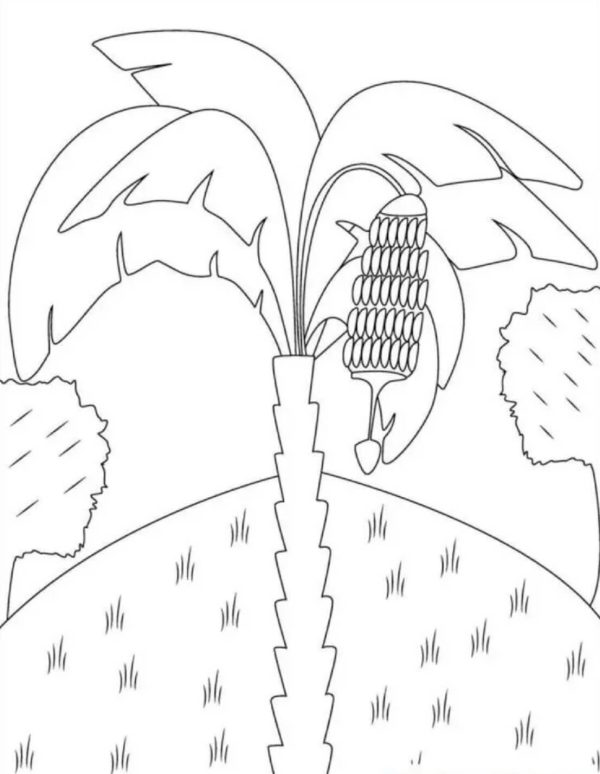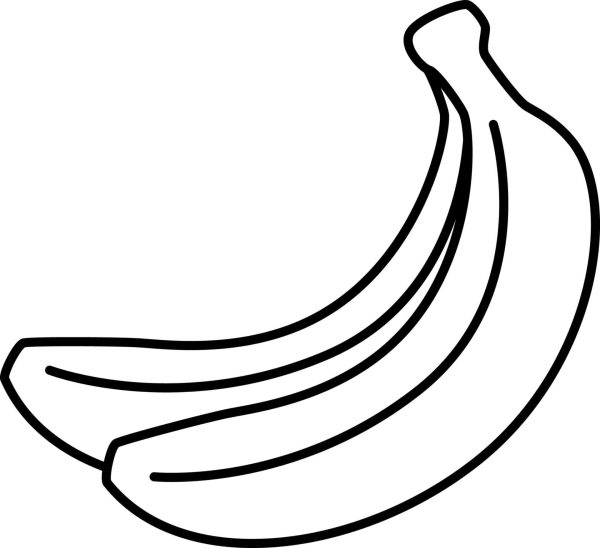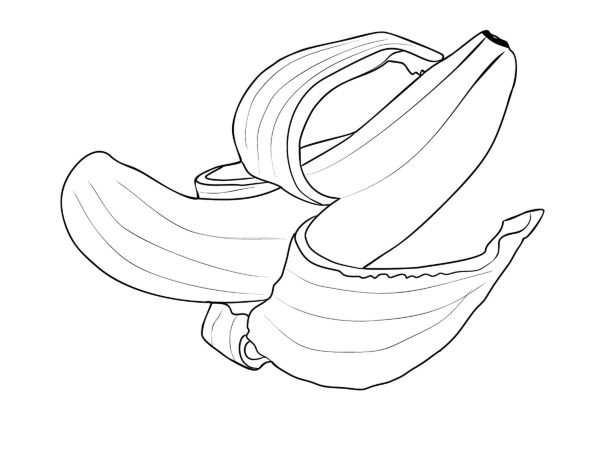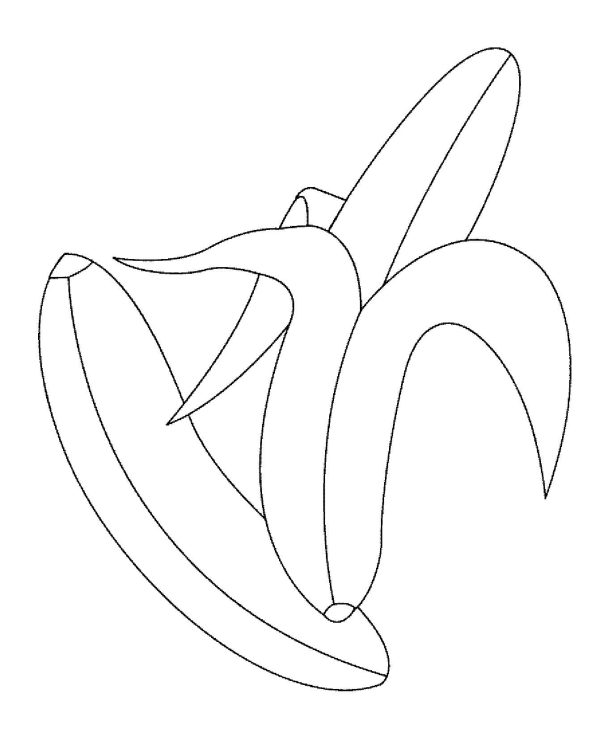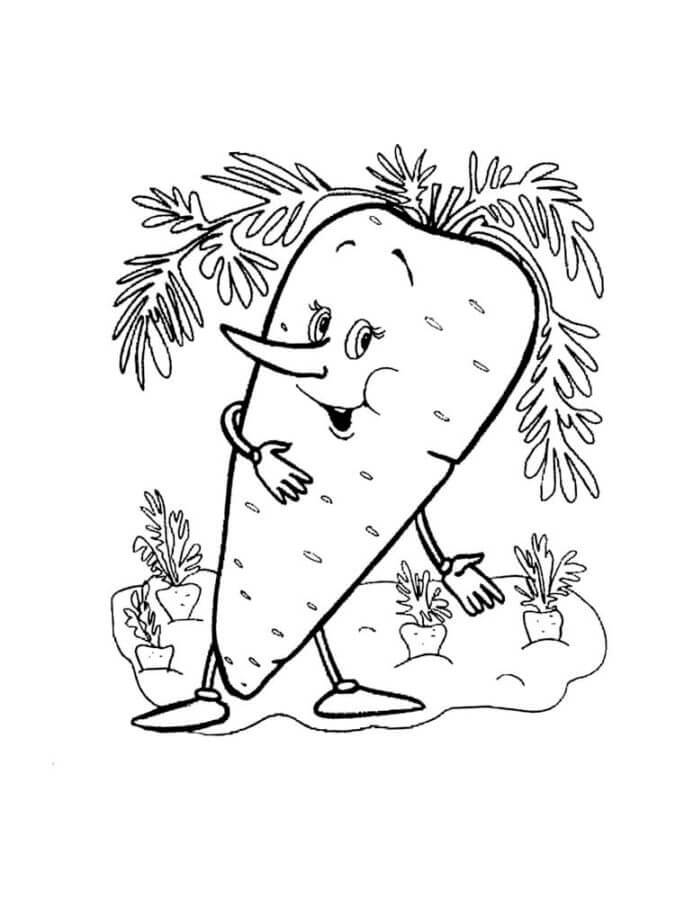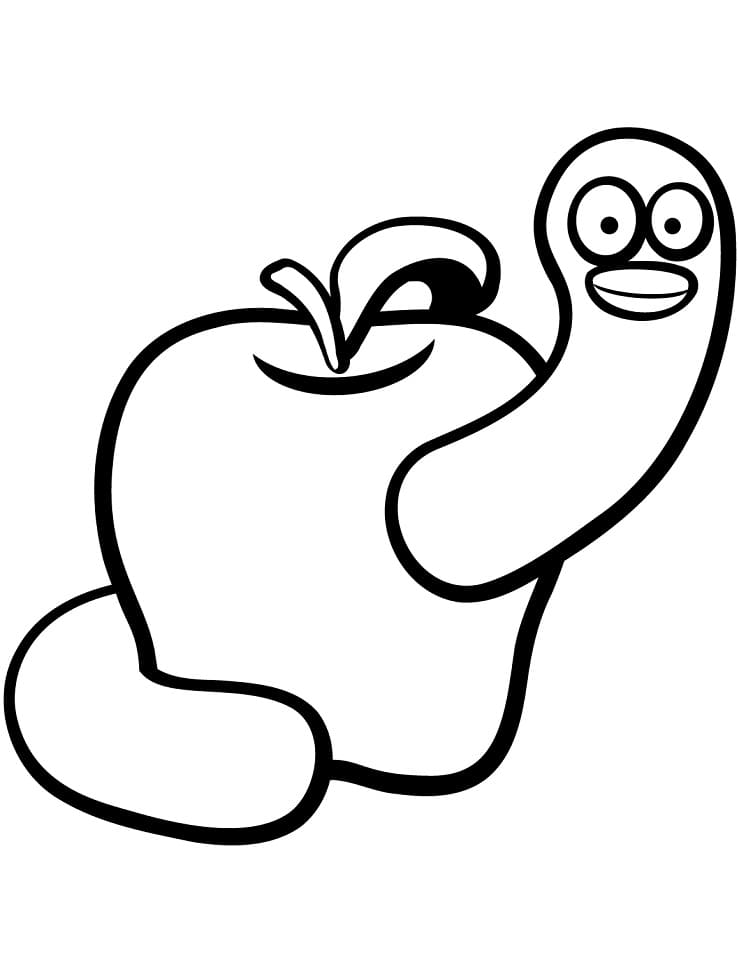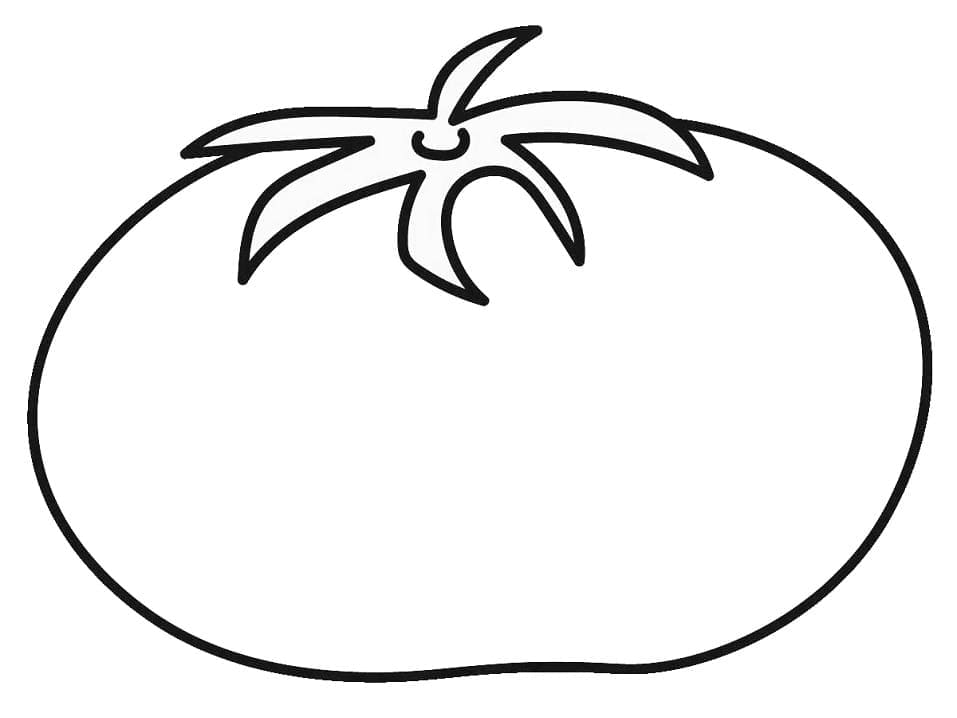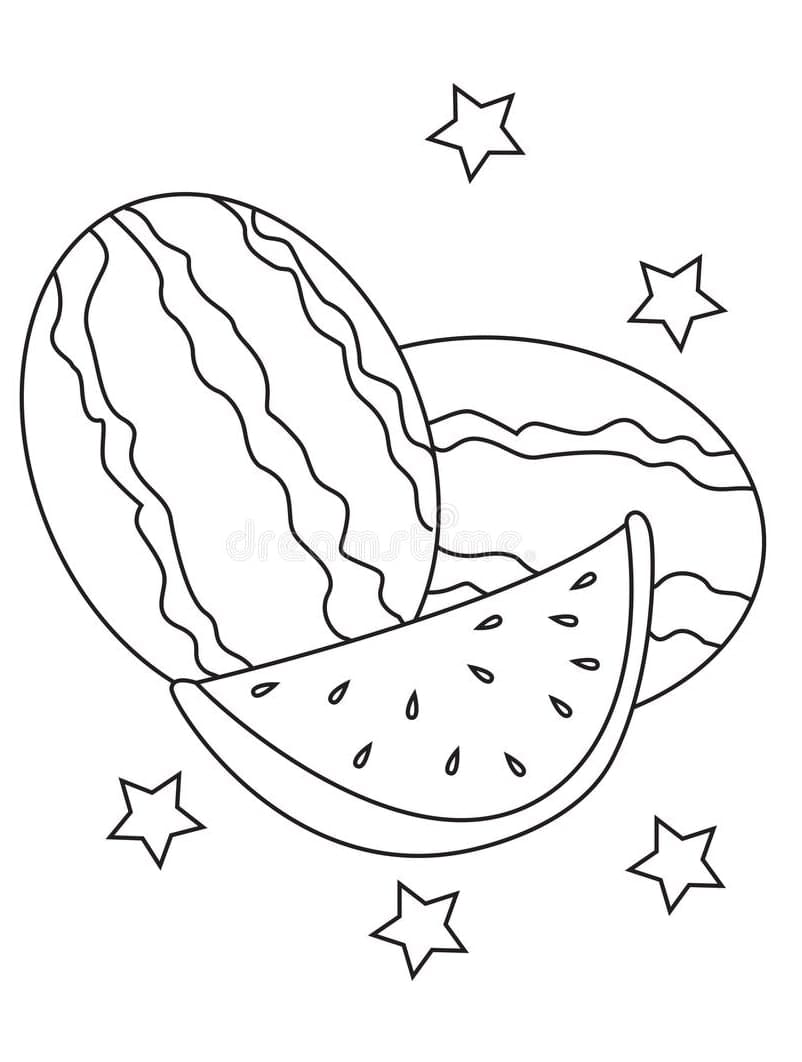The Fascinating World of Banana Coloring pages: Science, History, and More
Bananas coloring pages are among the world’s most beloved and consumed fruits, appreciated for their sweet taste and versatility in culinary applications. However, there’s more to bananas than meets the eye, or should we say, the peel. Beyond their delectable flavor, bananas also offer a captivating journey through the world of colors. In this exploration, we will delve into the science, history, and cultural significance of banana coloring pages.
Bananas are a popular fruit around the world, with a long shape and yellow skin. They contain many important nutrients such as potassium, vitamin C and fiber, which help increase resistance, maintain stable blood pressure and improve digestion. Different types of bananas include plantains, bananas, and ripe bananas. Bananas can also be used in a variety of dishes such as banana bread and smoothies.
The Science of Banana Coloring pages
1. The Natural Spectrum of Bananas coloring pages
Bananas coloring pages, in their various stages of ripeness, exhibit a diverse array of colors. At the start, when they are young and green, they display a vibrant, leafy hue. As they mature, they gradually transition to a brighter yellow, signaling their readiness for consumption. However, the banana journey doesn’t end there. If left to ripen further, they can develop brown spots, ultimately turning a rich brown color. Each stage of banana coloration is a result of distinct physiological and biochemical processes.
2. Chemical Players in Banana Color
The primary pigments responsible for the color changes in bananas are chlorophyll, carotenoids, and anthocyanins. In the green stage, chlorophyll dominates, giving the fruit its green color. As bananas ripen, chlorophyll breaks down, and carotenoids come into play, producing the familiar yellow hue. Interestingly, carotenoids are also responsible for the colors of carrots and sweet potatoes.
Furthermore, anthocyanins, water-soluble pigments found in some banana varieties, contribute to the red and purple tinges seen in certain banana peels. These compounds, typically associated with berries and grapes, are relatively rare in bananas but add an intriguing dimension to their color palette.
3. The Role of Ethylene Gas
Ethylene gas, a natural plant hormone, plays a pivotal role in banana ripening and color changes. Bananas release ethylene gas as they ripen, which acts as a signaling molecule, triggering a cascade of biochemical events. This gas encourages the breakdown of chlorophyll and the synthesis of carotenoids, leading to the transformation from green to yellow.
Historical Perspectives on Banana Coloring pages
1. Ancient Banana coloring pages Varieties
Bananas have been cultivated for thousands of years, with their origins tracing back to Southeast Asia. Early banana varieties were far from the uniform, yellow bananas we find in grocery stores today. Instead, they came in a range of colors, including red, green, and even blue. These ancient banana cultivars were diverse not only in color but also in taste and texture.
2. The Yellow coloring pages Revolution
The iconic yellow banana we now associate with the fruit’s standard coloration didn’t gain prominence until the 20th century. It was largely due to the global success of the Cavendish banana, which became the dominant commercial variety. The Cavendish banana’s consistent yellow appearance and convenient peelability made it a favorite among consumers and producers alike, contributing to the widespread adoption of yellow bananas.
3. The Appeal of Yellow coloring pages
The preference for yellow bananas goes beyond aesthetics. The color change signifies optimal ripeness, making it easier for consumers to select bananas at their peak flavor. Additionally, yellow is often associated with positivity and happiness, which may subconsciously influence our perception of the fruit’s taste and desirability.
Conclusion
Banana coloring pages, with its intricate science, historical evolution, and cultural symbolism, is a rich and multi-faceted topic. From the green hues of unripe bananas to the vibrant yellow of ripeness and the occasional reds and purples of unique varieties, the coloring pages of bananas have captivated humanity for centuries. The transformation of a green, unripe banana into a perfectly yellow, ripe one is not just a visual delight but also a testament to the intricate biochemical processes at play within the fruit.
All these beautiful, amazing coloring pages are provided by fantastickidstoys which are great for kids to learn and color.
Moreover, the historical journey of bananas from their diverse, ancient forms to the ubiquitous yellow Cavendish variety speaks to the impact of human cultivation and globalization on the fruit’s coloration. Lastly, the cultural significance of banana coloring pages in art, religion, and cuisine underscores the fruit’s importance in the human experience.
In sum, the colors of bananas are not merely a matter of aesthetics but a reflection of the complex interplay of science, history, and culture. So, the next time you peel open a banana, take a moment to appreciate the journey it has undergone, from its green beginnings to its vibrant yellow ripeness, and consider the world of meaning and significance hidden beneath that cheerful peel.



